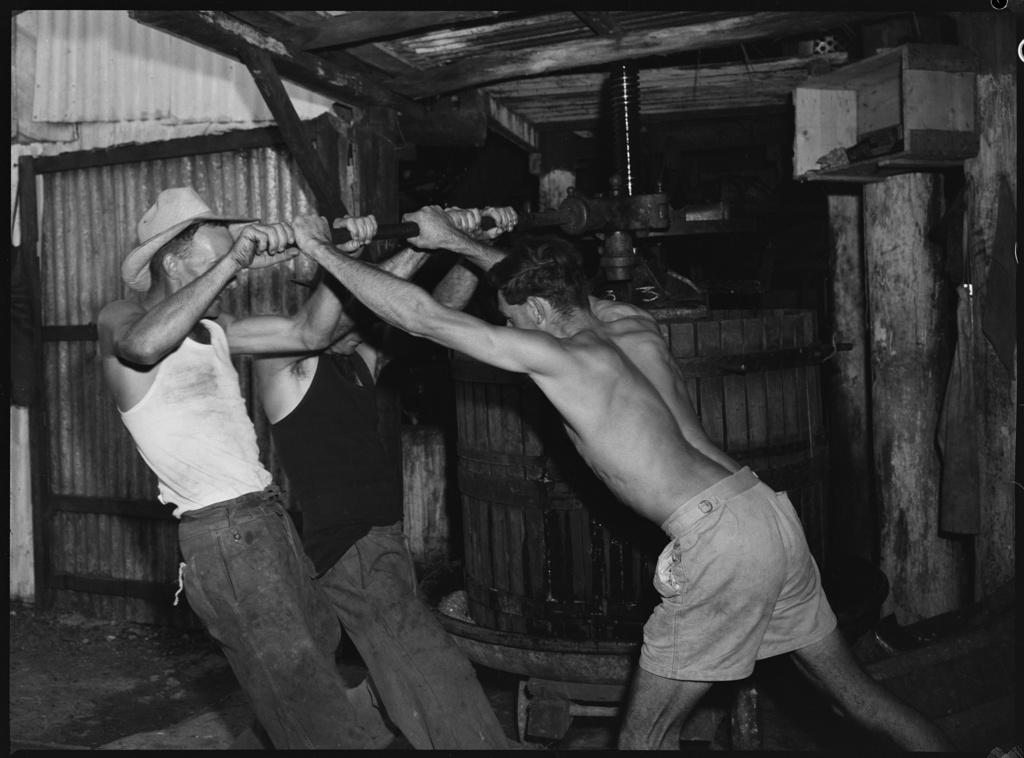Vintage at Mount Pleasant, 1950. Image courtesy Max Dupain and The Australian Ark
By Meg Riley
Spanning 1,700 pages, three volumes, and almost a third of the author’s life, Andrew Caillard’s mammoth book on the history of Australian wine has officially launched to the public.
Capturing the guts, gluts and glory of the nation’s wine industry, The Australian Ark tracks the storied past of our vines and wines from 1788 right up to 2023, revealing the challenges, successes, and heartbreak – a tale of young ambitions in an ancient land.
Author Andrew Caillard MW has been engrossed in the nation’s fine wine agenda for over 40 years. A direct descendant of South Australia’s Reynell family and a co-founder of auction house Langton’s, Caillard has held a lifelong fascination for industry ambitions, Australia’s wine families and the country’s social, economic and political history, elements are interwoven throughout his work.
Geoffrey Robertson AO KC, Australian barrister and academic, introduces The Australian Ark in the preface as “a lengthy and scholastic work [comprising] an enthusiastic tale of an industry we can be proud of.”
Speaking exclusively to Daily Wine News, Caillard said he hoped The Australian Ark would help to shift perceptions of Australian wine.
“I am hopeful, we are hopeful, that it changes people’s viewpoints about what Australian wine stands for. And that it will support and promote Australia’s fine wine and ambition, which is all based on personalities and places, and the ambitions of generations before us.”
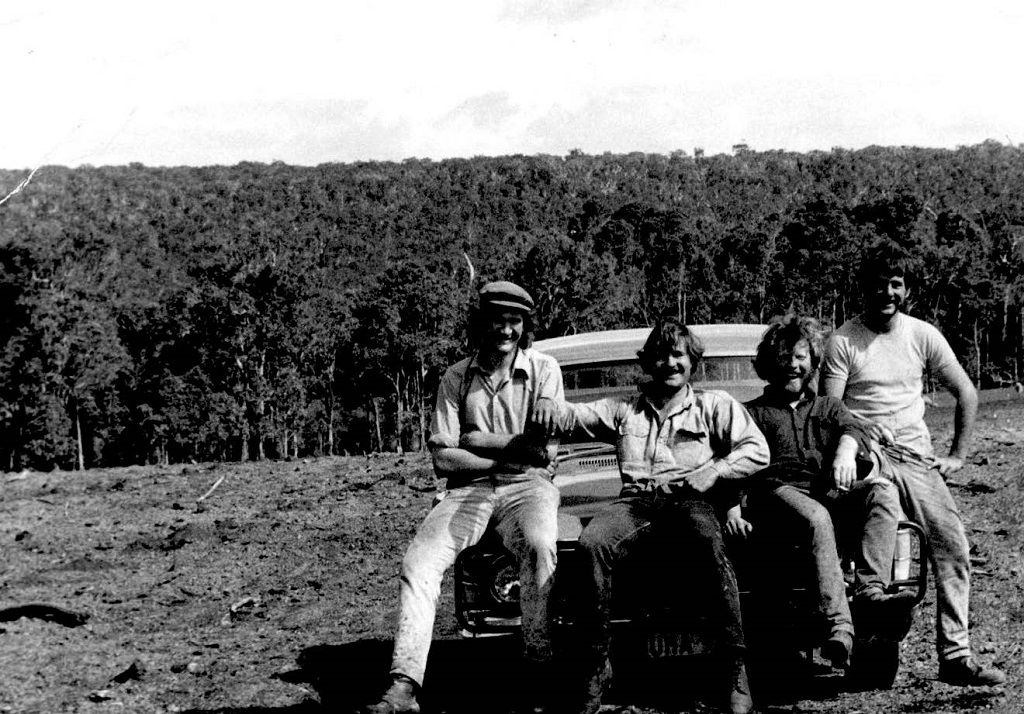
“A lot of people today forget how important history is, but particularly for wine. When you think about all our old vineyards that were planted in the 19th century, some [of] which survive going back into the 1840s, which is really extraordinary – these are some of the oldest surviving vitis vinifera vines in the world, and certainly the largest acreage of it all.”
Caillard is mesmerised by the history of Australian wine, as is evidenced by the magnitude of the project.
“…think about the number of generations that have walked up and down the rows, tending those vines every year, picking grapes, and making wine […] building a life for their families, and then their family’s families,” said Caillard.
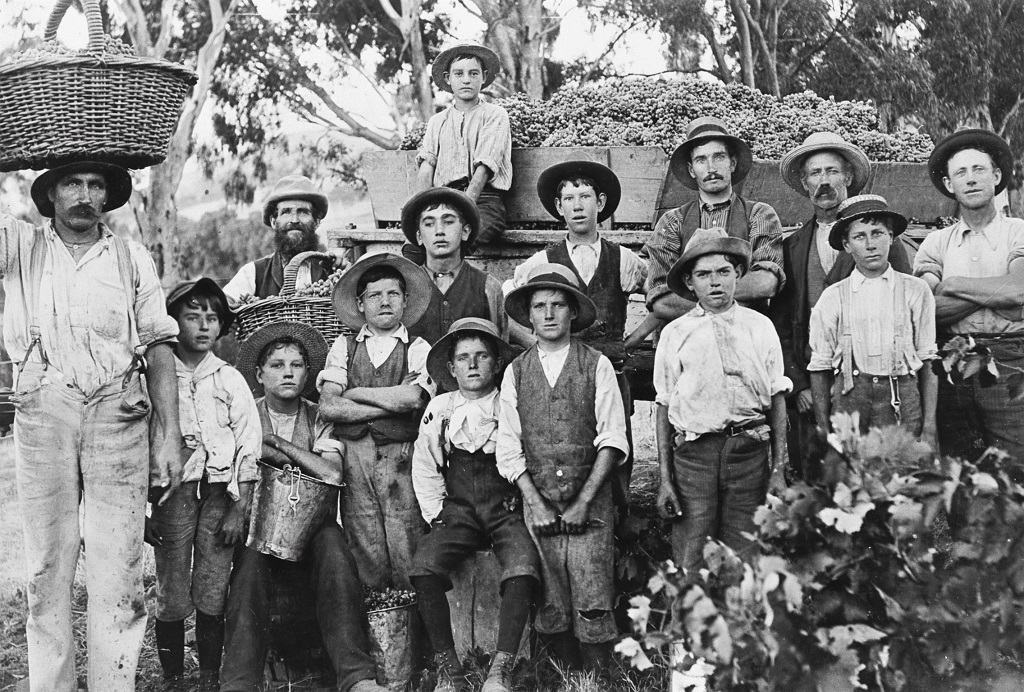
The work was crowd-funded, allowing the co-publishers to produce a book exactly as envisaged by the author, including the addition of a Canon of Australian Wine, comprising a list of celebrated vintages from 1792 to 2022, a compilation of historic vineyards, commissioned maps, and a collection of images and illustrations drawn from wine families, state libraries, and other archives. The Australian Ark is a unique, collaborative and timely project that reveals the pattern of development of fine Australian wine from 1788 to the present day.
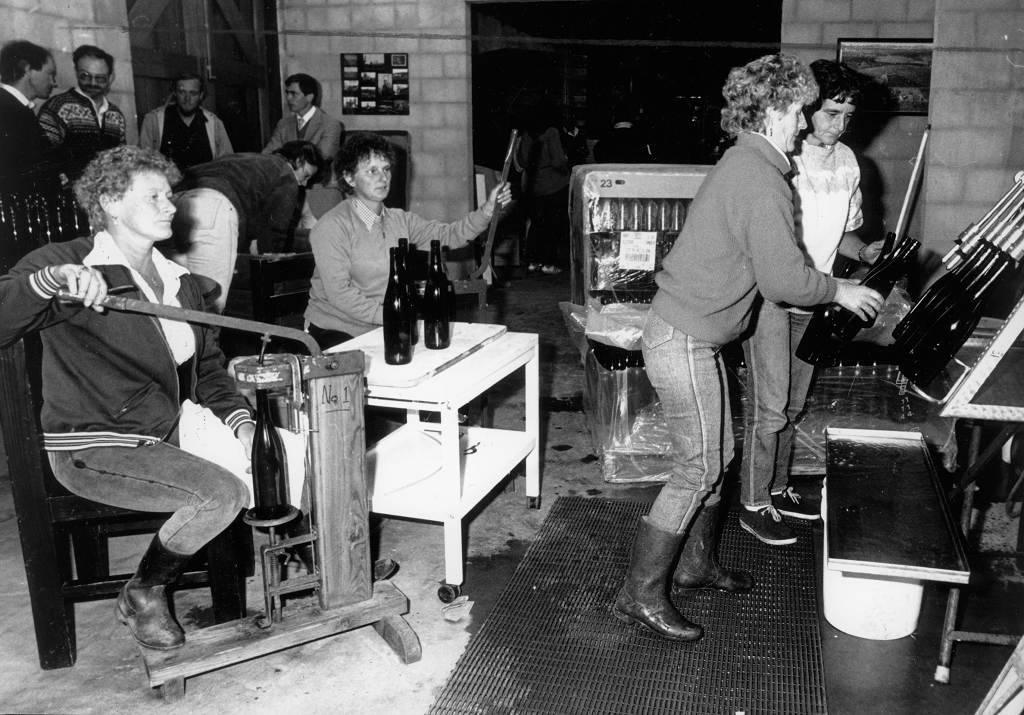
“I wrote it for the industry, ultimately, not the consumer,” said Caillard. “I wrote it for the industry, and particularly for the younger generations to have a reference, so that they could see what had happened before them, because they should be bloody proud. It’s an extraordinary story, [the] Australian fine wine story.”
“I travel all around the world, I go into places like Rioja, Bordeaux, Burgundy, Champagne, and I’m completely impressed by their histories[…] But there’s something about Australian wine history which is so extraordinary, and I think a lot of it is because of the generosity of spirit that Australians have – I think it’s something that is unique to Australian culture.
“And I think that’s something that we need to protect and persist with.”
“For a lot of wineries out there who are trying to promote their wine, there’s so much information that they can harness their own stories to, that will make it more interesting. And I think that that will give the added difference for helping Australian wine being sold into the marketplace.”
Caillard said that the strength of the Australian wine industry lies in its people.
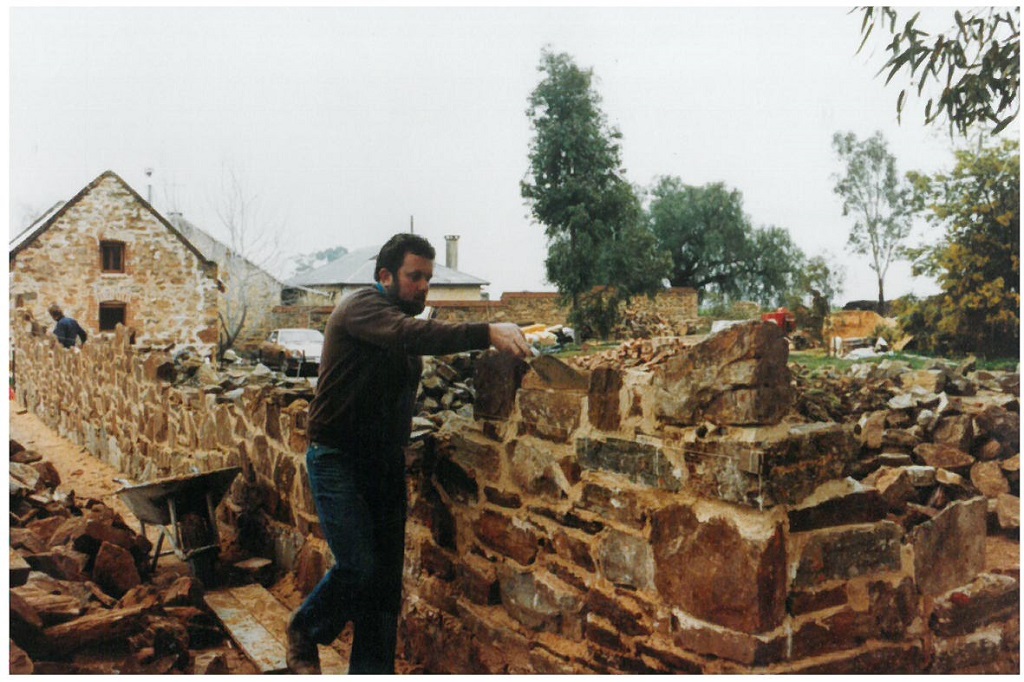
“We have absolutely magnificent winemakers, thinkers, believers […] without people who just are in love with wine and love growing vines [and] making wine, we would be nothing.”
The Australian Ark is published by David Longfield of Longueville Media and Dr Angus Hughson of The Vintage Journal. Funding was achieved through the support of foundation patrons and advance presales from key backers; family, friends, collectors, and leading wine industry people from the private and corporate sectors have all contributed to bring The Australian Ark to completion. The scale of this project is rare in Australian publishing.
The three-volume Australian Ark is published in four different formats.
- Paperback Edition RRP $199
The classic paperback format delivers everything included in the hardback editions, presented in a simple archival quality slipcase.
- Hardback Edition RRP $399
Quarter-bound with linen spines and gold foiling for the title, each cover depicts a major piece of Australian art from the period of history covered in the volume. Every set is presented in a beautiful fabric presentation case.
- Collector’s Linen Edition RRP $499
Identical to the primary hardback edition but bound in 100% beautiful royal blue natural linen with a gold-embossed title.
- Collector’s Leather Edition RRP $999
For those wanting the ultimate addition to their wine library or as a gift for lovers of fine wine, we have also produced a luxurious Collector’s Leather Edition presented in a beautiful royal blue linen slipcase.
The Australian Ark is now available for purchase at Australianark.com
Are you a Daily Wine News subscriber? If not, click here to join our mailing list. It’s free!
